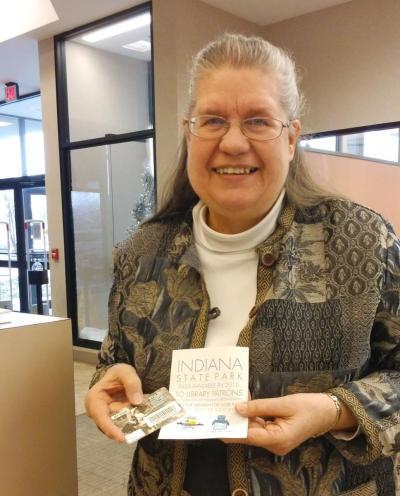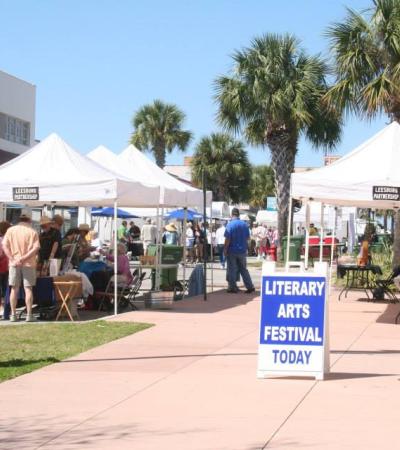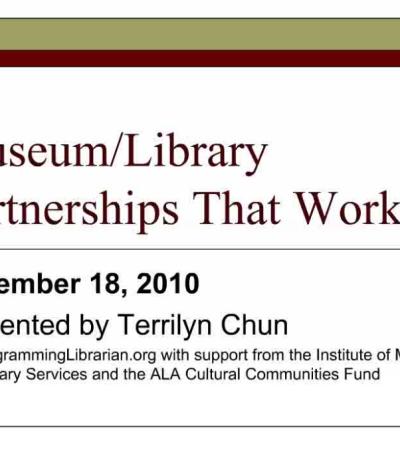Library cards allow patrons to check out books, DVDs and the like, but this year they also offer Indiana residents the chance to “check out” 32 Indiana state parks and recreational areas.
To celebrate the state parks’ centennial anniversary, Indiana State Parks partnered with the Indiana State Library to distribute 240 annual park passes to library districts across Indiana.

Indiana State Library’s Associate Director of Statewide Services Wendy Knapp said she hopes the State Park Centennial Annual Pass Library Check-out Program attracts newcomers to the library.
“I really wanted to see the libraries being able to circulate state park passes and, ideally, have that extend to other historical sites and museums,” said Knapp. “But I felt like the state parks was a good place to start.”
Ginger Murphy, deputy director of stewardship at the Indiana State Parks, said the one-year program, which started Jan. 1, will not only draw new patrons to the library, but also new visitors to the parks.
The collaboration between the two departments began in the summer and in December, the Indiana State Library began distributing passes to library directors with suggested guidelines. Some of the recommendations included a seven-day check-out period and $1-per-day late fee. Knapp said the only rule libraries had to follow is that each district is limited to one circulating pass, and each library branch can purchase one additional pass.
An annual Indiana park pass costs $50, and the Indiana State Library contributed $2,000 toward the passes, while the Indiana State Parks donated the rest. Murphy explained that the limitation on passes is because 70 percent of the Indiana State Park’s operating budget comes from park fees.
“We’re careful about doing things where there’s going to be a potential big hit to our revenue,” said Murphy.

Demand for the passes is already high. Libby Pollard, director of the Jeffersonville (Ind.) Township Public Library, said her library purchased an additional pass for its Clarksville Branch, and the passes currently have 39 holds. And the number of check-outs may increase as the weather gets warmer, said Kim Jackson, the Jeffersonville library’s circulation and outreach services librarian.
The Jeffersonville library is less than two miles from the Falls of the Ohio State Park, and Jackson estimates that the library and its Clarksville branch have already received 300 to 400 questions about the program. Staff members advertised the program by posting fliers, including it in the library e-newsletter and projecting it on the library’s video monitors. The most frequent question is whether patrons can pick a specific date to check out the pass; that isn’t allowed at the Jeffersonville library.
It’s hard to track how many patrons use the passes to enter the parks because the regular annual passes and the library passes are identical. In a Programming Librarian Program Model, Knapp wrote that the state library plans to ask libraries how many passes were checked out and include input from patrons who used the program in the evaluation.
Knapp said she hopes that when the data is available, it will benefit the program.
“Right now the [Department of Natural Resources] is saying this is one year only … but I’m hopeful we’ll be able to show statistics that would support them changing that,” said Knapp.
Although it’s hard to measure how many passes have been used, the initiative has made an impact on the Jeffersonville library. Pollard said the partnership has made her consider working with more local parks and offering new check-out items at her library.
“I think it may bring in people that don’t usually use the library and it may bring them back for other materials and other programs,” said Pollard. “It’s got me thinking about what are some other non-traditional items we should look into for circulation.”



